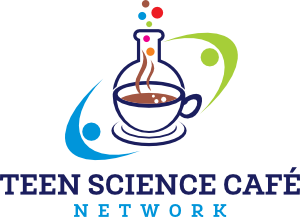A presentation by Dr. Ruy Ribiero focused on the challenges of developing an HIV vaccine and the devastation that spread of the disease has had on humankind. A short and simple hands on activity demonstrated how easily the infection can spread when people are not thoughtful in their actions.
View his presentation: HIV-RuyRibiero.pdf
View the Hands On Activity: transmission-of-hiv-and-the-immune-system
More on HIV
HIV stands for human immunodeficiency virus. It harms your immune system by destroying the white blood cells that fight infection. This puts you at risk for serious infections and certain cancers. AIDS stands for acquired immunodeficiency syndrome. It is the final stage of infection with HIV. Not everyone with HIV develops AIDS.
This disease most often spreads through unprotected sex with an infected person. It may also spread by sharing drug needles or through contact with the blood of an infected person. Women can give it to their babies during pregnancy or childbirth.
The first signs of the infection may be swollen glands and flu-like symptoms. These may come and go within two to four weeks. Severe symptoms may not appear until months or years later.
A blood test can tell if you have the infection. Your health care provider can do the test, or you can use a home testing kit. Or to find free testing sites, call the national referral hotline at 1-800-CDC-INFO (1-800-232-4636 in English and en español; 1-888-232-6348 – TTY).
There is no cure, but there are many medicines that fight the infection and lower the risk of infecting others. People who get early treatment can live with the disease for a long time.
There are many ways you can protect yourself. The surest way is to abstain from sexual intercourse and from sharing needles and “works” if you use steroids, hormones, or other drugs.

